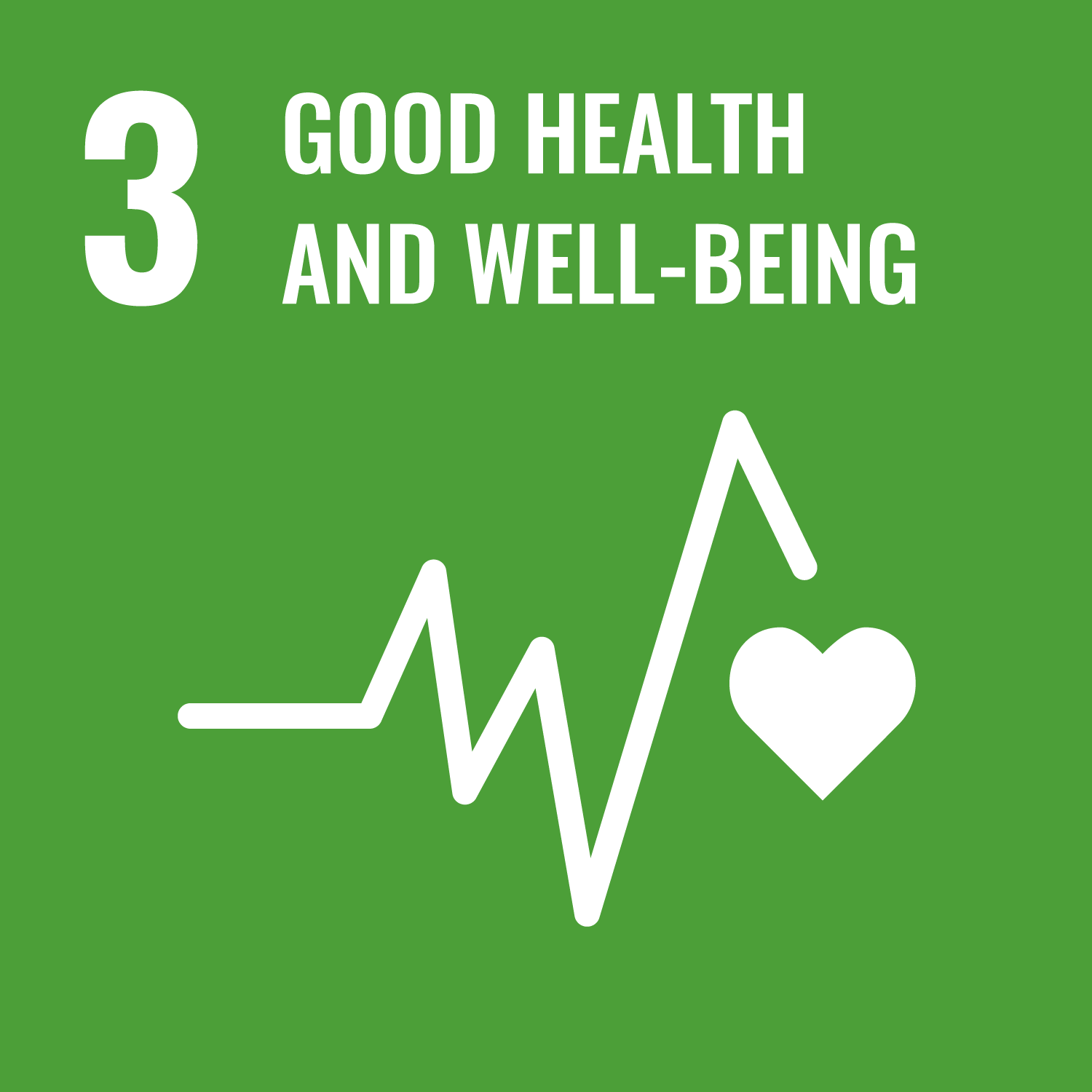 Towards the Elimination of Trachoma in Guatemala and Colombia
Eliminating trachoma by 2022
Towards the Elimination of Trachoma in Guatemala and Colombia
Eliminating trachoma by 2022

Challenges
Trachoma is an infectious disease caused by the bacterium, Chlamydia trachomatis. Worldwide, trachoma is responsible for approximately 3 per cent of blindness and has left 8 million people with irreversible visual impairment. In the Americas, trachoma is still endemic in Brazil, Colombia, and Guatemala. Women and children living in scattered, isolated and poor rural areas are the population groups with the greatest risk of trachoma infection.
The challenge is to maintain the prevalence of trachoma below 5.0 per 100,000 inhabitants. A survey conducted in May 2017 found a prevalence of 2.6 per 100,000 inhabitants, which means that Guatemala is on the path towards trachoma elimination in 2022.
Towards a Solution
Guatemala was able to address this challenge through the World Health Organization’s (WHO) Surgery, Antibiotics, Face cleanliness and Environmental improvement (SAFE) strategy, a tool based on primary health care. This strategy to eradicate trachoma- caused blindness by 2020 consists of: (i) surgery performed in the communities; (ii) the annual massive distribution of a single oral dose of azithromycin; and (iii) a reduction in transmission through improved hygiene, face washing and the use of latrines.
The initiative sought to obtain survey data on the prevalence of the disease, which helped to achieve the objective of eliminating trachoma by 2022. These data and the knowledge of the Colombian counterparts on managing trachoma were key to implementing active case search/screening and to analysing information through the Tropical Data platform. Guatemala benefited greatly from the support of experts in data management and information analysis.
Health personnel from Sololá Department in Guatemala were trained in Colombia by specialized teams from the Colombian Ministry of Health. The teams, composed of four health workers, served as examiners for the ophthalmological evaluations, which involved identifying signs of trachoma in its different stages. In addition, an expert from Colombia came to Guatemala to train the national team to capture information from the survey through the Tropical Data platform, which facilitated analysis and decision- making.
Once the intervention was carried out through the survey, it was possible to determine that the selected areas had a prevalence of less than 5.0 per cent. The results showed that these communities had a 2.6 prevalence, thereby advancing Guatemala’s efforts to eliminate trachoma.
Medical personnel were trained to manage the disease, including adequate diagnosis and treatment. Colombian counterparts assisted Guatemala in certifying trachomatous trichiasis surgeries, helping to build national capacity and contributing to the sustainability of the intervention.
The training of health personnel also included medical ophthalmologists, particularly from the Leon Ophthalmological Center and the Rodolfo Robles Valverde Hospital. These facilities will have the capacity to respond to the disease in local communities, leading to the certification of the elimination of trachoma as a public health problem in Guatemala.
The promotion of good environmental practices in the communities is generating behavioural change by leading to the training of other at-risk communities in the water, hygiene and sanitation (WASH) methodology, as a result of the intervention of the National Disability Programme. Educational materials have been developed for communities at risk. Progress towards elimination continues under the leadership of the country’s Ministry of Public Health and Social Assistance and with technical assistance from PAHO/WHO in Guatemala.
The tools and methodologies developed to assess the prevalence of trachoma in this scenario can be replicated in similar contexts and with regard to different diseases/pathologies. The experience is transferable to other countries and locations that need to assess isolated and vulnerable populations. The results of the survey data help policymakers to monitor and evaluate the effectiveness of policy solutions for this disease.
Contact Information
Countries involved
Supported by
Implementing Entities
Project Status
Project Period
URL of the practice
Primary SDG
Primary SDG Targets
Similar Solutions
| NAME OF SOLUTION | Countries | SDG | Project Status | |
|---|---|---|---|---|
100% Online Electronic Apostille and Legalization Sharing Colombia’s effective e-government system with other countries in the region |
Colombia, Guatemala | 16 - Peace and Justice Strong Institutions | Completed | View Details |
Adapting Digital Payment to Initiate Rapid Response During Pandemic Bangladesh government disbursed cash aid to 5 million most vulnerable families through mobile financial service in order to minimize the financial impact during COVID 19 within the shortest period of time. |
Colombia, Guatemala | 03 - Good Health and Well-being 05 - Gender Equality | Completed | View Details |
Addressing Racial and Ethnicity-based Discrimination and Strengthening the Protection of Rural Afro-descendants UNFPA supports data disaggregation as a tool to fight racism and ethnic discrimination |
Colombia, Guatemala | 01 - No Poverty 02 - Zero Hunger 03 - Good Health and Well-being 05 - Gender Equality 06 - Clean Water and Sanitation 11 - Sustainable Cities and Communities 16 - Peace and Justice Strong Institutions | Ongoing | View Details |
ADELANTE Triangular Cooperation European Union – Latin America and the Caribbean |
Colombia, Guatemala | 10 - Reduced Inequalities | Ongoing | View Details |
An Inclusive Approach to Digital Learning in Lao People’s Democratic Republic Introducing digital learning in Lao People's Democratic Republic to help bridge learning gaps exacerbated by the COVID-19 pandemic |
Colombia, Guatemala | 03 - Good Health and Well-being 13 - Climate Action | Ongoing | View Details |